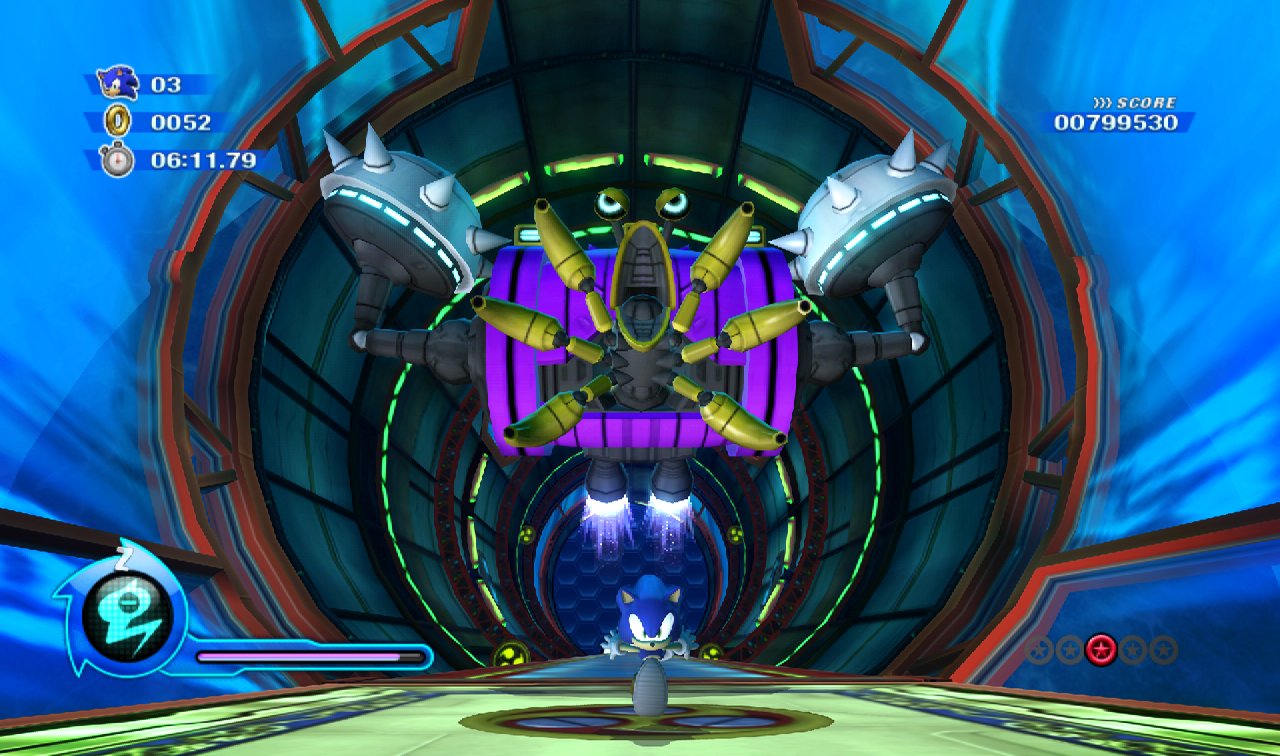
A variety of normal attacks is crucial to traditional 2D fighters because they allow characters to respond to many situations with the minimum effort (pressing a single button). That means that each character has 18 different moves available to them BEFORE the addition of special moves. Punches and kicks can all be performed while standing, crouching, or jumping. There are three consecutive strengths of punches, and then the same for kicks. The Street Fighter series uses 6 attack buttons, which tends to be the maximum amount that most fighters will utilize. The first benefit is a simple one: relegating special moves to motions allows a character to have more moves without adding more buttons to the control scheme. This probably bounced off many players (for valid reasons), but I'd argue it's the key to the entire game! SA2 went in the opposite direction.Perhaps thanks to SEGA's history with arcade games, Sonic Adventure 2 uses its scoring & ranking systems as in-game incentives to perform as well as possible. Time constraints were rare, and moment-to-moment performance was de-emphasized in favor of letting the player progress as they see fit. Notably, these games did not care how you reached their goals. Gathering the game's 120 Stars put exploration and problem solving at the forefront, and games like Banjo-Kazooie and Spyro The Dragon followed similar formulas.


And while the first Sonic Adventure did feature scores, there was no in-game incentive to reach for higher scores, rendering them mostly meaningless.Super Mario 64 also did something else that many 3D platformers would follow suit in: it placed a focus on collection. Super Mario 64, which codified the 3D platformer, featured no proper scoring system at all. As games on consoles diverged from their arcade counterparts, scores became less relevant and were frequently removed all together. Higher scores lead to better ranks, with A ranks being the best and E ranks being the worst. The thing is, scoring systems in both 3D platformers and console games in general were essentially a thing of the past. Sonic Adventure 2 keeps a score for each stage as you play through it, and at the end of each stage a letter grade is awarded.


 0 kommentar(er)
0 kommentar(er)
